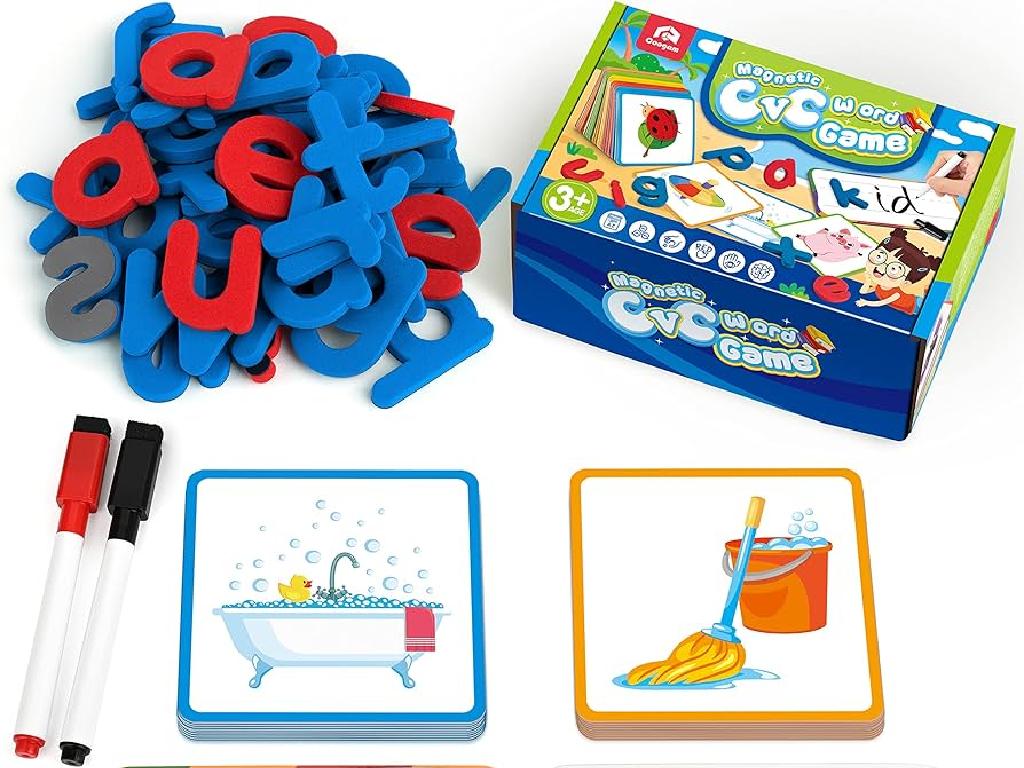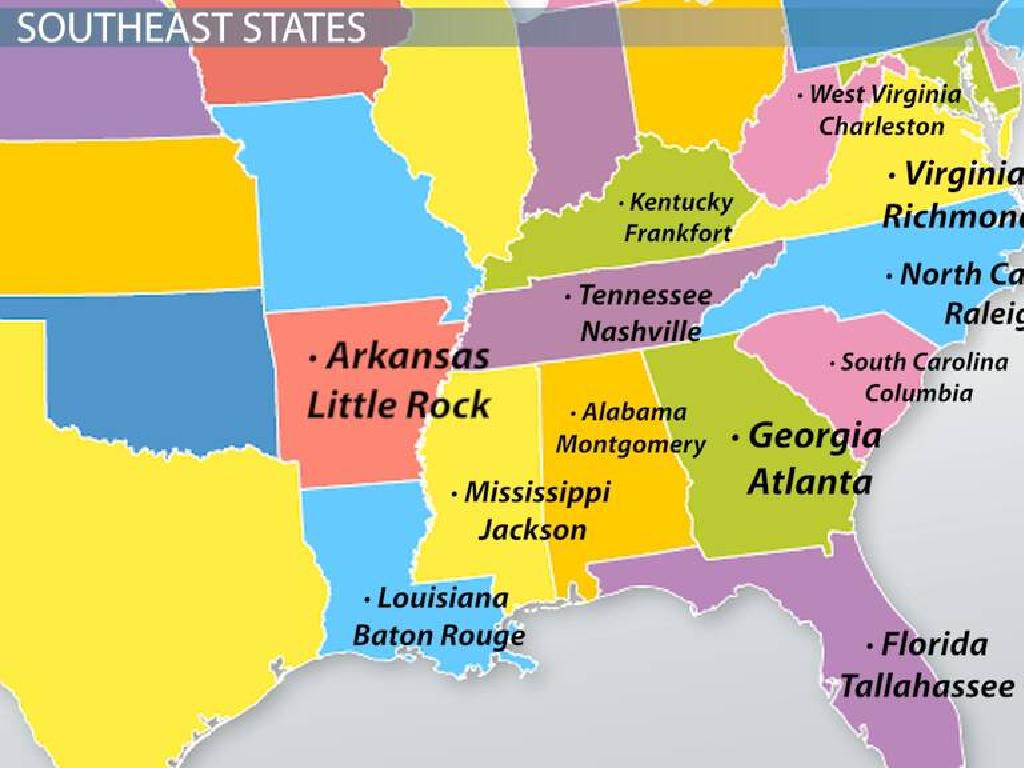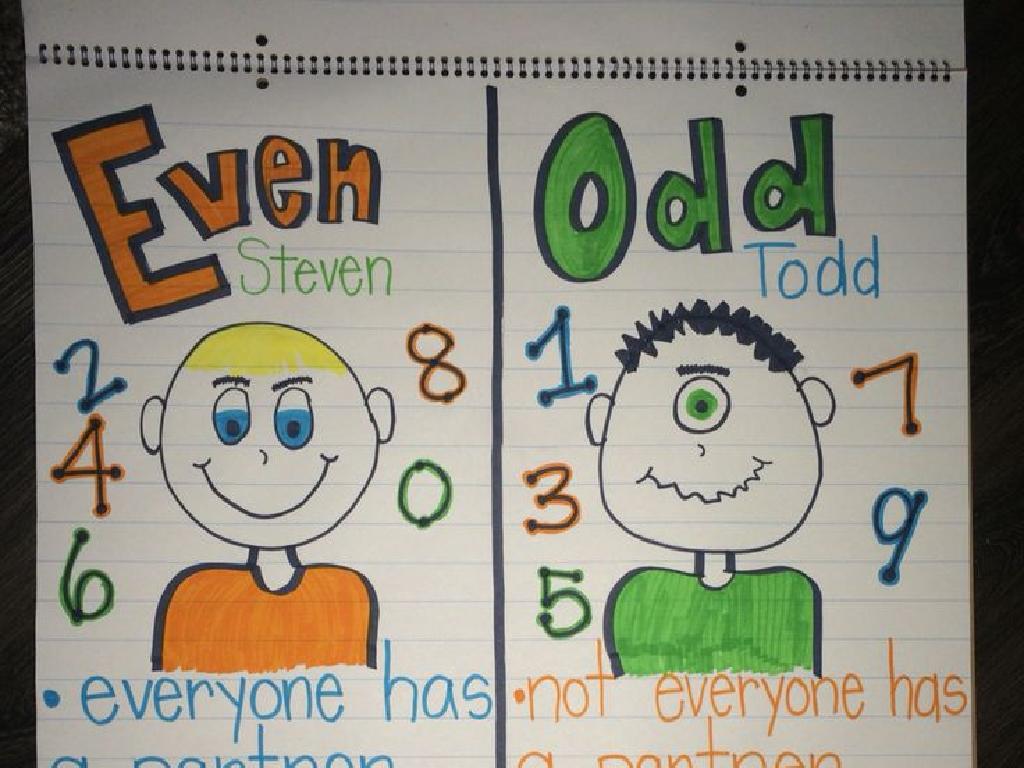Similar Solids
Subject: Math
Grade: Eighth grade
Topic: Three-Dimensional Figures
Please LOG IN to download the presentation. Access is available to registered users only.
View More Content
Introduction to Similar Solids
– Explore 3D figures
– Define similar solids
– Solids with same shape but different sizes
– Real-life examples
– Miniature models, dolls, toy cars
– Comparing proportions
– Ratios of corresponding lengths are equal
|
This slide introduces the concept of similar solids within the broader topic of three-dimensional figures. Begin by discussing the characteristics of 3D figures, emphasizing aspects such as edges, faces, and vertices. Then, define similar solids as three-dimensional shapes that have the same shape but different sizes, and explain that their corresponding linear dimensions are proportional. Provide relatable examples such as miniature models, dolls, and toy cars to illustrate the concept in a context familiar to eighth graders. Conclude by explaining how to compare the proportions of similar solids by using ratios, setting the stage for more detailed exploration of the mathematical relationships between similar figures.
Properties of Similar Solids
– Define similarity in 3D shapes
– Shapes are similar if they have the same shape but different sizes.
– Proportional dimensions in solids
– If two solids are similar, their corresponding lengths are proportional.
– Surface area ratios of similar solids
– The ratio of their surface areas is the square of the ratio of their corresponding lengths.
– Volume ratios of similar solids
– The ratio of their volumes is the cube of the ratio of their corresponding lengths.
|
When we talk about similar solids in geometry, we’re referring to 3D shapes that have the same shape but may differ in size. The concept of similarity in three dimensions extends from our understanding of two-dimensional similar figures. For similar solids, all corresponding linear dimensions are proportional. This means if you know the scale factor between two similar solids, you can find any missing length. Moreover, there’s a specific relationship between the surface areas and volumes of similar solids. The surface area of similar solids is proportional to the square of the scale factor, while the volume is proportional to the cube of the scale factor. During the lesson, provide examples like comparing different sized cubes or cylinders to illustrate these properties. Encourage students to solve problems involving the surface area and volume ratios to reinforce the concepts.
Exploring Scale Factors in Similar Solids
– Define a Scale Factor
– Ratio of corresponding linear measurements of two similar figures.
– Calculate Scale Factor
– Divide a measurement of one solid by the corresponding measurement of the other.
– Scale Factor’s Effect on Size
– If the scale factor is 2, the solid’s dimensions are twice as large.
– Scale Factor’s Effect on Volume
– Volume changes by the cube of the scale factor; if scale factor is 2, volume increases by 2^3 or 8 times.
|
Introduce the concept of scale factor as a fundamental aspect of similar solids, emphasizing that it is the ratio that describes how the size of one solid compares to another. Provide students with a step-by-step method for calculating the scale factor by dividing corresponding linear measurements. Discuss how the scale factor affects overall size, leading to a deeper understanding of proportional relationships. Finally, explore the impact of scale factor on volume, highlighting the cubic relationship. Use visual aids to help students grasp the concept that a change in scale factor dramatically affects volume. Encourage students to practice with real-world examples, such as models and maps.
Calculating Surface Area and Volume of Similar Solids
– Surface area formula application
– Use the scale factor squared for surface area
– Volume formula application
– Cube the scale factor for volume
– Step-by-step calculation example
– Example: Calculate for two similar cylinders with scale factor 2
|
When teaching students how to calculate the surface area and volume of similar solids, start by explaining the concept of scale factor and its role in determining the size of one solid in relation to another. For surface area, the scale factor is squared because surface area is two-dimensional. For volume, the scale factor is cubed because volume is three-dimensional. Provide a step-by-step example, such as comparing two similar cylinders, to demonstrate how to apply these formulas. Encourage students to work through the example with you, and then practice with additional problems to reinforce the concept.
Real-World Applications of Similar Solids
– Architecture: Design & Scale
– Architects use similar solids to create different-sized structures while keeping proportions.
– Nature: Patterns in 3D Shapes
– Natural objects like crystals exhibit similar 3D shapes, showing patterns of similarity.
– Industry: Models & Prototypes
– Industries often build small-scale models before the final product to test and improve design.
– Understanding Scale Factors
– Scale factors help in calculating dimensions for similar solids in real-world applications.
|
This slide aims to show students how the concept of similar solids is applied in various real-world scenarios. In architecture, similar solids are crucial for maintaining the correct proportions in scaled models and actual buildings. Nature provides numerous examples of similarity in three-dimensional shapes, such as the repetitive patterns found in crystals or flowers. In the industrial field, creating models and prototypes is an essential step in product development, allowing for testing and refinement before full-scale production. Understanding and using scale factors is a key skill in these applications, as it allows for accurate scaling of dimensions. Encourage students to think of other examples where similar solids might be used and discuss the importance of precision in these applications.
Class Activity: Building Similar Solids
– Form groups for model building
– Gather materials for construction
– Cardboard, scissors, glue, and rulers
– Build models of similar solids
– Use materials to create 3D solids that are proportional
– Discuss models with the class
– Share insights on the process and findings
|
This activity is designed to provide hands-on experience with similar solids. Divide the class into small groups and provide them with materials such as cardboard, scissors, glue, and rulers. Each group will construct models of similar solids, ensuring that the proportions between corresponding dimensions of the solids are consistent. After building, groups will present their models to the class, discussing the methods they used and the concept of similarity they observed. For the teacher: prepare a list of possible solids to build, ensure safety when using scissors, and facilitate the discussion by asking guiding questions about the properties of similar solids.
Conclusion: Understanding Similar Solids
– Recap of Similar Solids
– Reviewed properties and ratios of similar 3D shapes.
– Why Similarity Matters
– Grasping similarity is key to solving real-world problems.
– Ask Questions for Clarity
– Encourage curiosity and understanding through questions.
– Apply Knowledge Practically
|
This slide aims to summarize the key concepts of similar solids, emphasizing the importance of understanding similarity in three-dimensional figures. Highlight how this knowledge is applicable in various real-world contexts, such as architecture, manufacturing, and even nature. Encourage students to ask questions if they’re unsure about any concepts, as this reinforces learning and clarifies doubts. Finally, motivate them to think about how they can apply these concepts to practical situations, which will help solidify their understanding and appreciation of the material covered.





